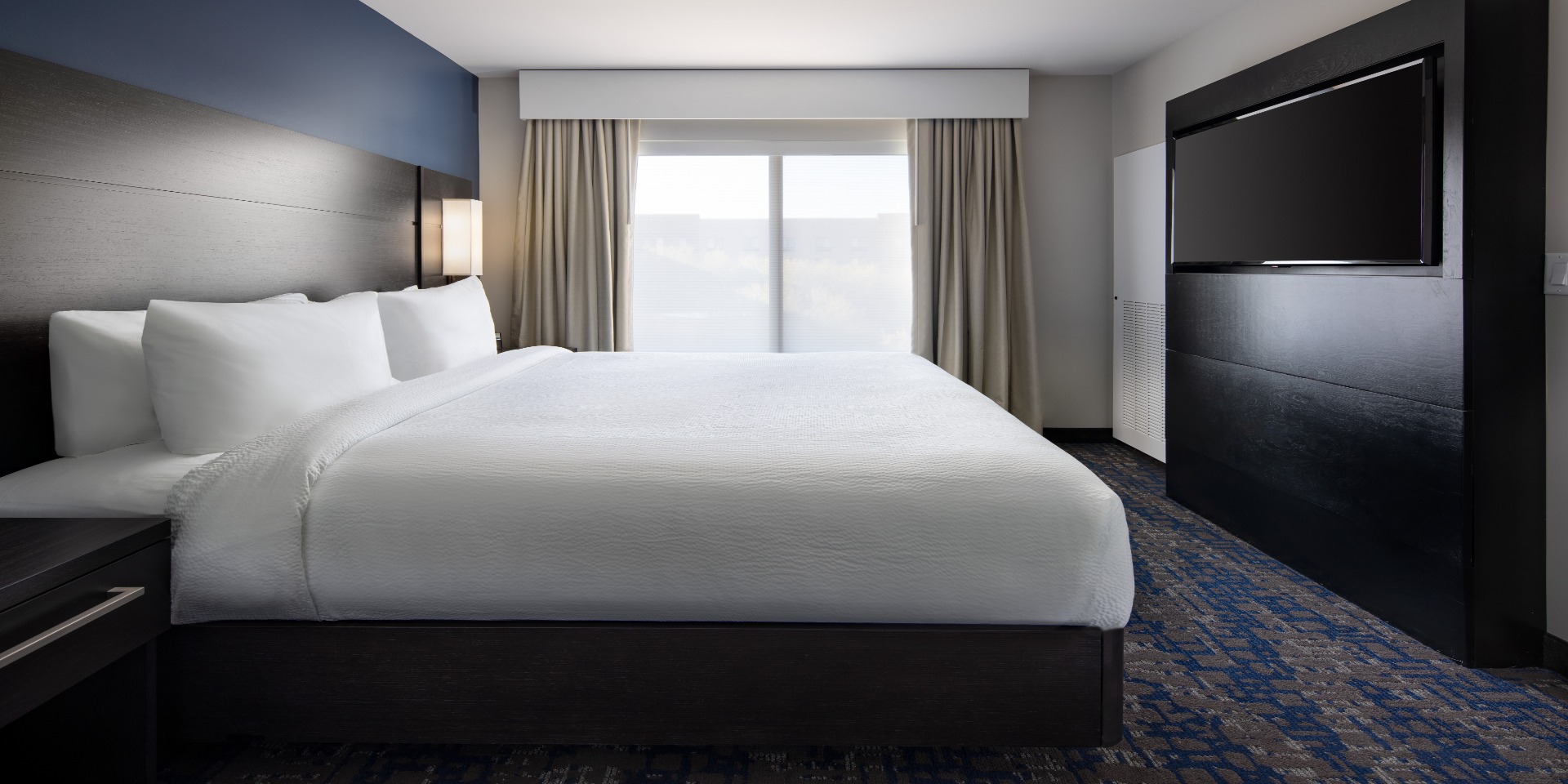
Guest and associate safety is a top priority when cleaning guestrooms. (Photo: Marriott International)
Tips + TrendsHow Hotel Cleanliness Has Become the Most Important Travel Amenity
By Robin BennefieldThe moment you step into a hotel room you see the signs of an immaculately cleaned space — from the freshly made bed to glistening bathroom fixtures. Seeing these signs immediately puts us at ease, which is important to travelers now more than ever.
The COVID-19 virus and the ensuing pandemic have changed the travel experience in so many ways, especially how and where we move about the world, including our hotel stay. How hotels are cleaned and maintained has become a key focal point for travelers who yearn to step out and explore again.
Understanding this, hotels are finding ways to elevate existing cleanliness standards with new practices based on the latest science to reduce guest and staff risk of exposure to the virus.
Building on a History of Cleanliness
“We’ve had a long history of very, very rigorous protocols around cleanliness and sanitation,” says Ray Bennett, Marriott International’s chief global operations officer. He cites Marriott’s 90-plus-year history of meticulous cleaning standards and the extensive checklists instituted by founder J. Willard Marriott that are still carried out by associates, from housekeeping staff to general managers.
“It’s these very rigorous protocols that are built into our culture, built into our DNA,” Bennett says.
According to Bennett, COVID-19 has been an opportunity for Marriott to build on this history of cleanliness as well as its history of combatting other infectious disease events that have impacted hotels, including Ebola, SARS, H1N1 and norovirus.
“We’ve learned a great deal about this particular virus,” Bennett says. “We’ve dealt with other virus outbreaks, whether it be H1N1 or norovirus, but I don’t think we’ve ever gone to the level of understanding that … we have with this virus. It has really helped us be at the forefront of making a safe environment for both our associates and our guests.”
The difference has been the assembly of a cleanliness council of infectious disease experts with ties to the World Health Organization (WHO), National Institutes of Health (NIH) and the Centers for Disease Control and Prevention (CDC), as well as leaders in hygiene and infection prevention in the food, healthcare and hospitality industries.
According to Dr. Michael Sauri, an infectious disease expert who sits on the Marriott Cleanliness Council, any effort to mitigate the transmission of COVID-19 has to hinge on what epidemiologists call “the 3 Cs.”
“We know that transmission is more likely to occur in closed spaces, in close contact and in crowds,” says Dr. Sauri, who once trained alongside Dr. Robert Redfield, head of the CDC, under Dr. Anthony Fauci, the nation’s leading expert on infectious disease at NIH. “Therefore, if we simply deny what the virus needs to propagate in the community, its days are numbered.”
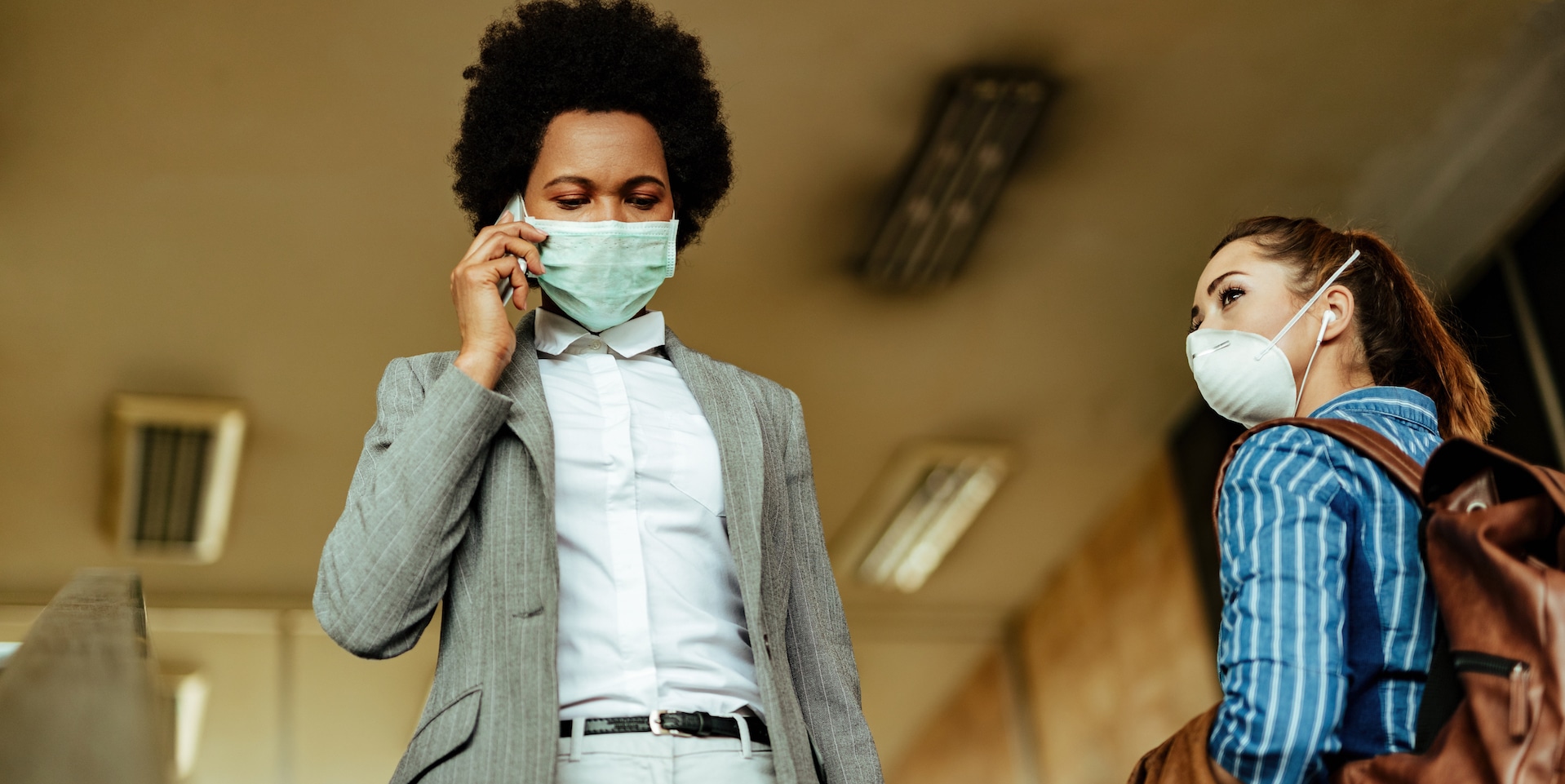
Preventing the Spread
Along with mitigating transmission through the 3 Cs, doctors look to how COVID-19, a respiratory virus, is spread via airborne droplets emitted from actions like coughs and sneezes, even singing or shouting.
This knowledge serves as the basis for the medical recommendations we’ve all heard: to maintain social distancing up to 6 feet apart, wear a face covering to stop airborne droplets at the source, and practice frequent hand hygiene to prevent the spread of the virus until a vaccine is available.
Dr. Sauri notes other sobering facts driving recommendations. Recent studies and research show that 45 percent of COVID-19 infections may have originated from asymptomatic people, or people showing no signs of the virus impacting their health. A Journal of American Medical Association report found that 81 percent of the cases in China were seen in people with only mild or no symptoms.
“So, you just can’t tell if the person next to you is infected; furthermore, they actually have been shown to spread the disease more efficiently in the two days before they develop symptoms because they are out and about and more interactive with people,” Dr. Sauri says.
Everyone should assume they are an asymptomatic spreader, according to Dr. Sauri, and the best way for everyone to minimize the risk of exposure to COVID-19 is to follow the recommendations of the CDC and WHO to wear face coverings and wash your hands frequently for at least 20 seconds.
A New Approach to Clean
This insight from Dr. Sauri and others on the Marriott Cleanliness Council is the underpinning of new cleanliness standards designed to mitigate the spread of the virus in hotels.
“Our approach has been to take the foundation that we have and introduce the appropriate changes that are key,” says Alex Ahluwalia, Marriott’s senior vice president, global operations. “The way this virus spreads is primarily through human contact, and that is the single most frequent way that presents risk to guests and associates.”
All hotel associates are required to wear masks on property to minimize risk. In addition, the American Hotel & Lodging Association has a “Safe Stay Guest Checklist” that requires guests at any hotel in the U.S. and Canada to wear face coverings in any enclosed public areas. Guests in other countries should check requirements in their local jurisdictions.
Wearing masks is just one of three fundamental ways to address the spread of the virus between guests and associates. The others are hand hygiene, where associates are required to wash hands with increased frequency, and social distancing.
“We are trying to strike the right balance to provide service, but also provide opportunities to observe physical distancing,” Ahluwalia says. “That also means leveraging mobile guest services more than ever before in all parts of the guest stay.”
Guests may also see plexiglass barriers and signage to encourage maintaining 6-foot spacing in lobbies and common areas, along with hand-sanitizing stations at elevators and doorways.
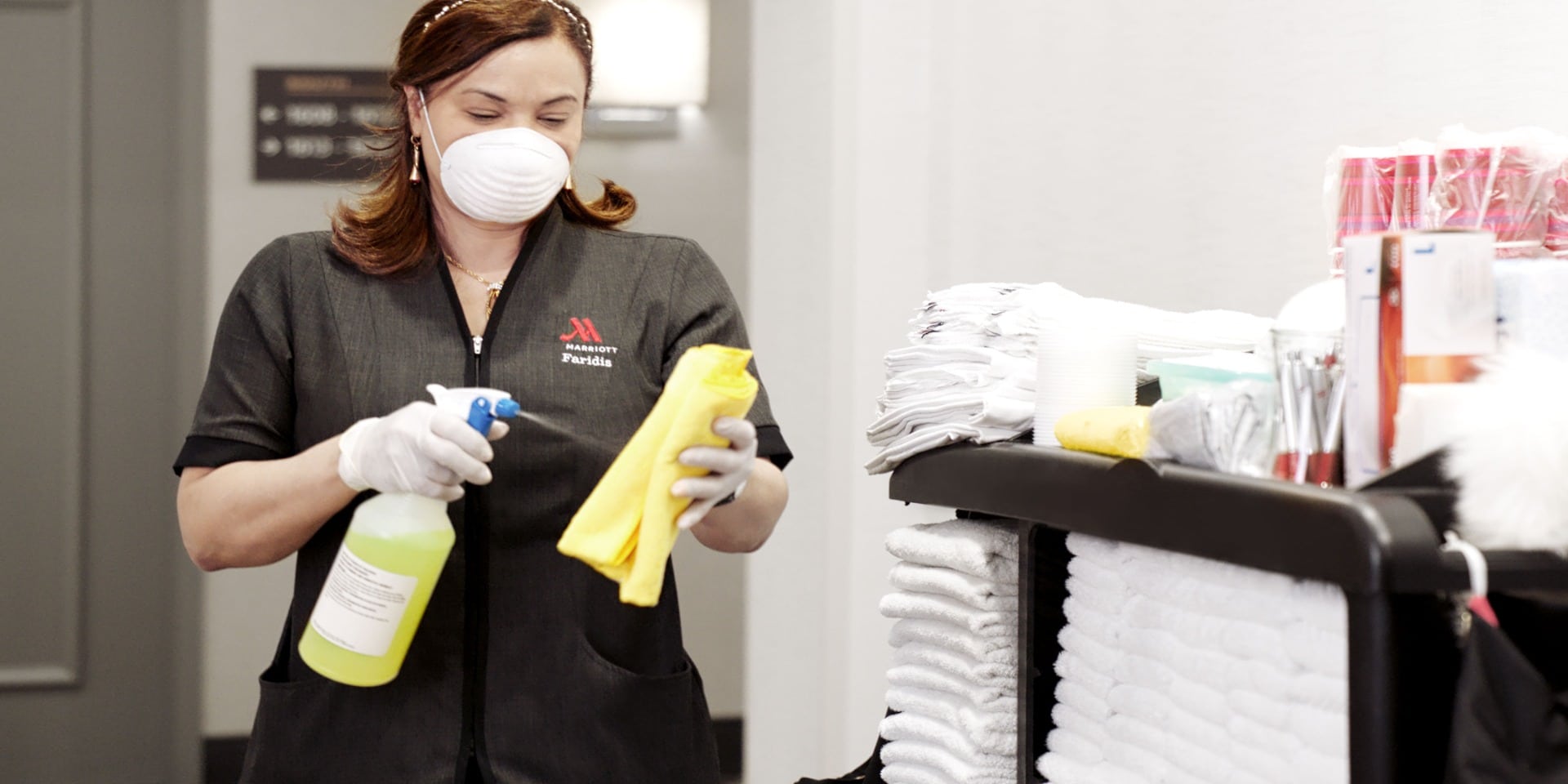
The Science of Clean
The other essential piece of effectively reducing the risk of exposure to COVID-19 is introducing new cleaning practices and technologies in the hotels, guided by Ecolab, a global leader in providing sanitation, hygiene and infectious disease solutions in healthcare and hospitality environments.
“Ecolab works hard to make sure that we understand and are on top of the risks that are out there [that] can impact people’s health, be they in a hospital environment or a hotel environment,” says, Dr. Ruth Petran, a senior corporate scientist at Ecolab who also sits on the Marriott Cleanliness Council.
Ecolab scientists and chemists are at the forefront of examining the behavior of a virus — its biology, how it has evolved, how it’s transmitted — to better understand how to kill it though chemistry, and then designing the appropriate chemical product and cleaning protocols for hospitals or hotels.
“For instance, it might be [protocols] we bring over into the hotel space … like color-coding our cleaning products and marrying that with the appropriate color cleaning cloth for cleaning specific surfaces to make it as foolproof as possible,” Dr. Petran says. “Using products at the right concentration to be effective while avoiding any risk to the person using them.”
Because the COVID-19 virus is new, Ecolab didn’t initially have products that they could say definitively killed the virus, which presented a challenge.
“But when we quickly learned that this was a coronavirus, we could learn from what we know about them in that they are among the easier-to-kill viruses, which is good from a disinfectant standpoint,” Dr. Petran says. “It allowed for regulatory bodies like the EPA to allow bridged claims, so if you could show that your product has efficacy against a harder-to-kill virus like norovirus, then it would be effective against a virus that causes COVID-19. It was relatively easy to identify effective products from there.”
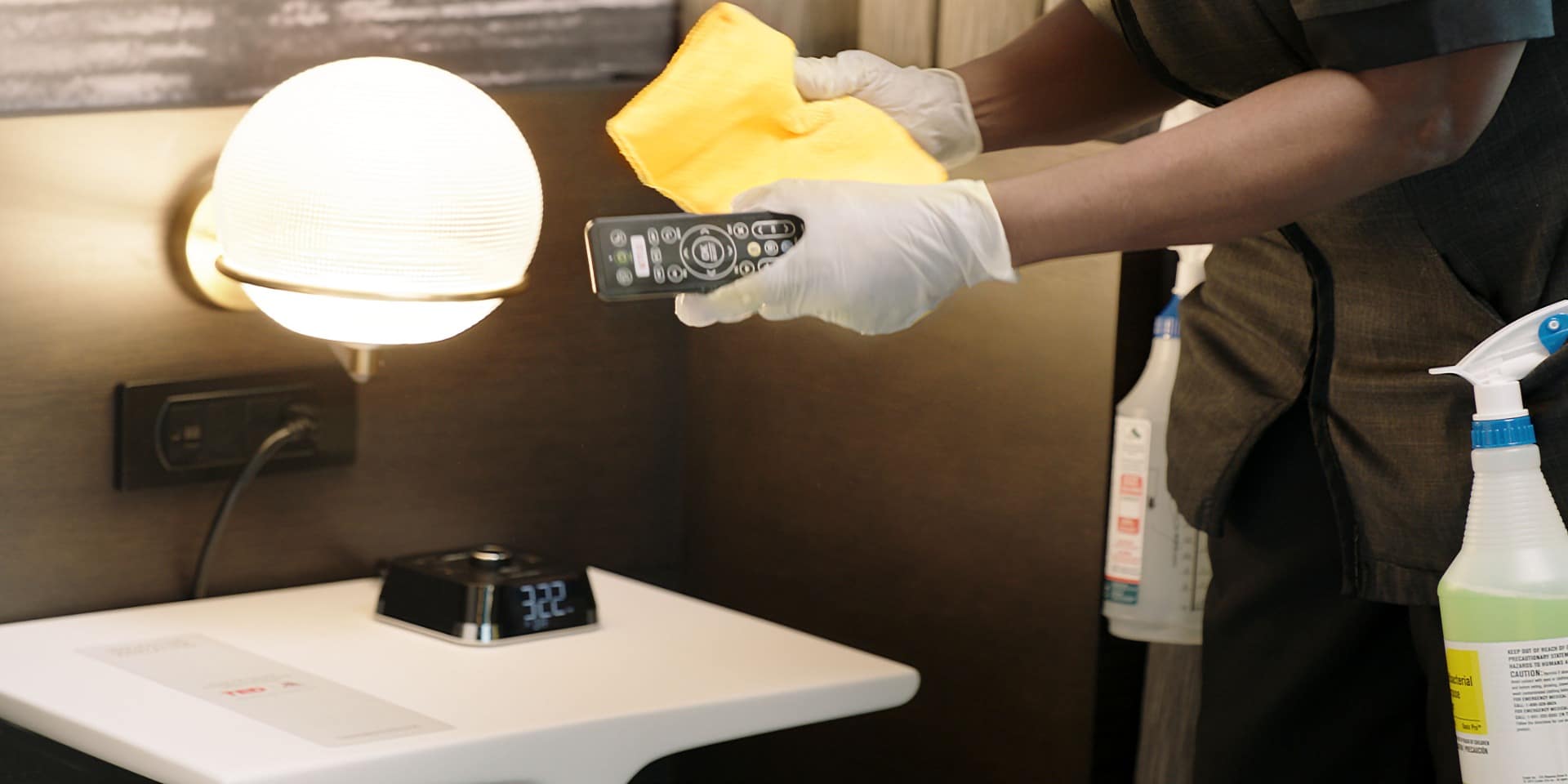
New Cleaning Protocols and Technology at Work
In practice, housekeeping staff use hospital-grade products in their normal cleaning routine: wiping down high-touch areas like TV remotes, light switches and thermostats in rooms, as well as elevators and door handles in common areas — all while wearing the proper personal protective equipment (PPE) like gloves and masks.
The process of cleaning guest rooms involves stripping a room of all its bedding, from pillowcases and sheets to duvet and top covers, to be cleaned between each guest visit. In the event that a room has been occupied by a guest who is presumed or confirmed to be COVID-19 positive, the room is left vacant for a minimum of 24 hours before enhanced and routine housekeeping procedures with hospital-grade disinfectants are completed.
In common areas, housekeeping uses new electrostatic sprayers to fully disinfect surfaces in lobbies, public restrooms and hotel shuttles.
“Using these electrostatic sprayers can allow for a more uniform and consistent coverage of the surfaces to be treated with the disinfectant to help ensure broader coverage than with wiping on with a rag,” Dr. Petran says.
The sprayers charge the disinfectant to help it better cling to and spread over surfaces. Employing this new technology became an important addition to the cleaning process, vetted by the housekeeping staff that would be using it.
“When we came up with the electrostatic sprayers, we went out to the Gaylord Rockies and we had our operations team as well as hourly staff test these devices with us, ensuring that the appropriate PPE was part of the protocol,” Bennett says. “We did time and motion studies to determine ‘how long does it take for a housekeeper to do this?’ We walked and talked with housekeepers, so they were complete partners.”
Beyond these new cleaning standards, guests may still want an extra layer of certainty, so clean kits that include sanitizing wipes will be left in the room along with a note explaining the care that has been taken to clean and disinfect the room. Guests can use the wipes to clean high-touch surfaces for themselves, and housekeepers will not re-enter rooms to clean or refresh towels during their stay.
“More and more of our guests are telling us, when they come into a clean and disinfected room, they actually don’t want a lot of people entering their personal space while they are with us,” Bennett says.
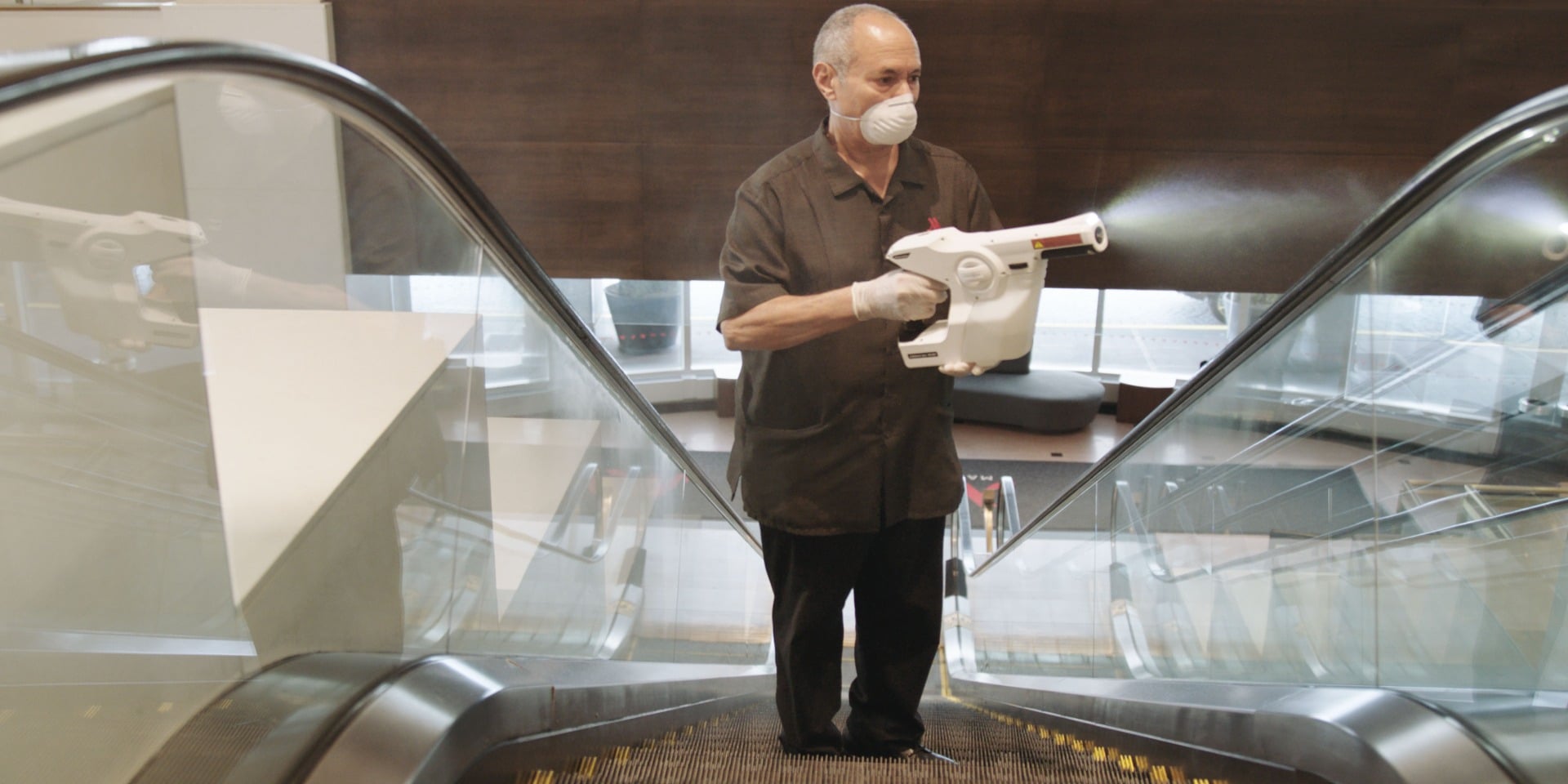
A New Culture of Cleanliness and Prevention
These days, a more contactless stay may mean a more pleasant stay for guests. Hotel signage will also include QR codes with information on what guests should know about what services and amenities are available.
It’s an indication of how much the hotel experience has had to change in order to minimize the risk of COVID-19. It is a culture shift for both guests and associates.
In order to stay abreast of the new information and cleaning protocols related to the virus, hotels have employed cleanliness champions who receive an elevated level of training to ensure that new cleaning standards are being maintained, while general managers are also receiving additional training and must certify every 30 days that their hotel is adhering to new protocols.
This rigorous level of training follows the blueprint set by J. Willard Marriott more than 90 years ago and shows the commitment that hotel staff must have to maintain the confidence of guests looking for that extra peace of mind.
Guests have a role to play in this new culture of cleanliness and prevention, as well, especially by embracing the requirement to wear masks, particularly if traveling in the U.S. and Canada; maintaining 6-foot social distance from other guests and hotel staff; and washing or sanitizing hands frequently. Changing our behavior may be the hardest but most important thing we can all do.
“As chief of the Infectious Control Committee for 20 years in a hospital, I can tell you that it’s very difficult to get nurses and doctors to wash their hands, mainly because that is actually an unnatural human act,” Dr. Sauri says. “What is a natural human act is to touch your face 25 times an hour. So, we all have to change our behavior if we want to thwart the spread of this particular respiratory virus.”
A part of our behavior change should be in how we prepare to travel, too. In the past, before-you-go research may have involved considering the best time of year to travel or the coolest neighborhoods to visit. Now, pre-trip planning should also include understanding local, state, regional and country rules and mandates surrounding the virus, plus the levels of infection in the area, along with taking your own precautions to minimize risk.
We’ve heard the phrase “we’re all in this together” before, but it really couldn’t be truer, or more essential, to reclaiming the travel experiences we all miss so much.







